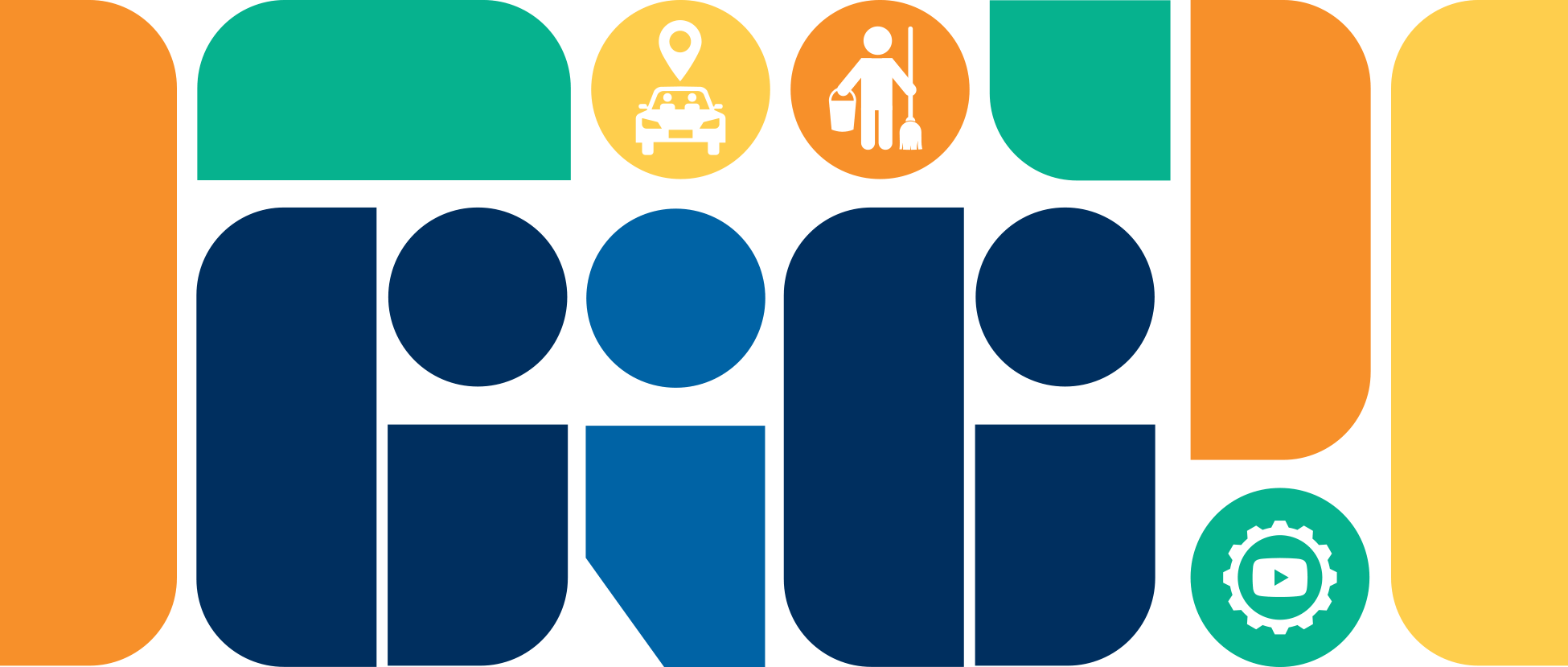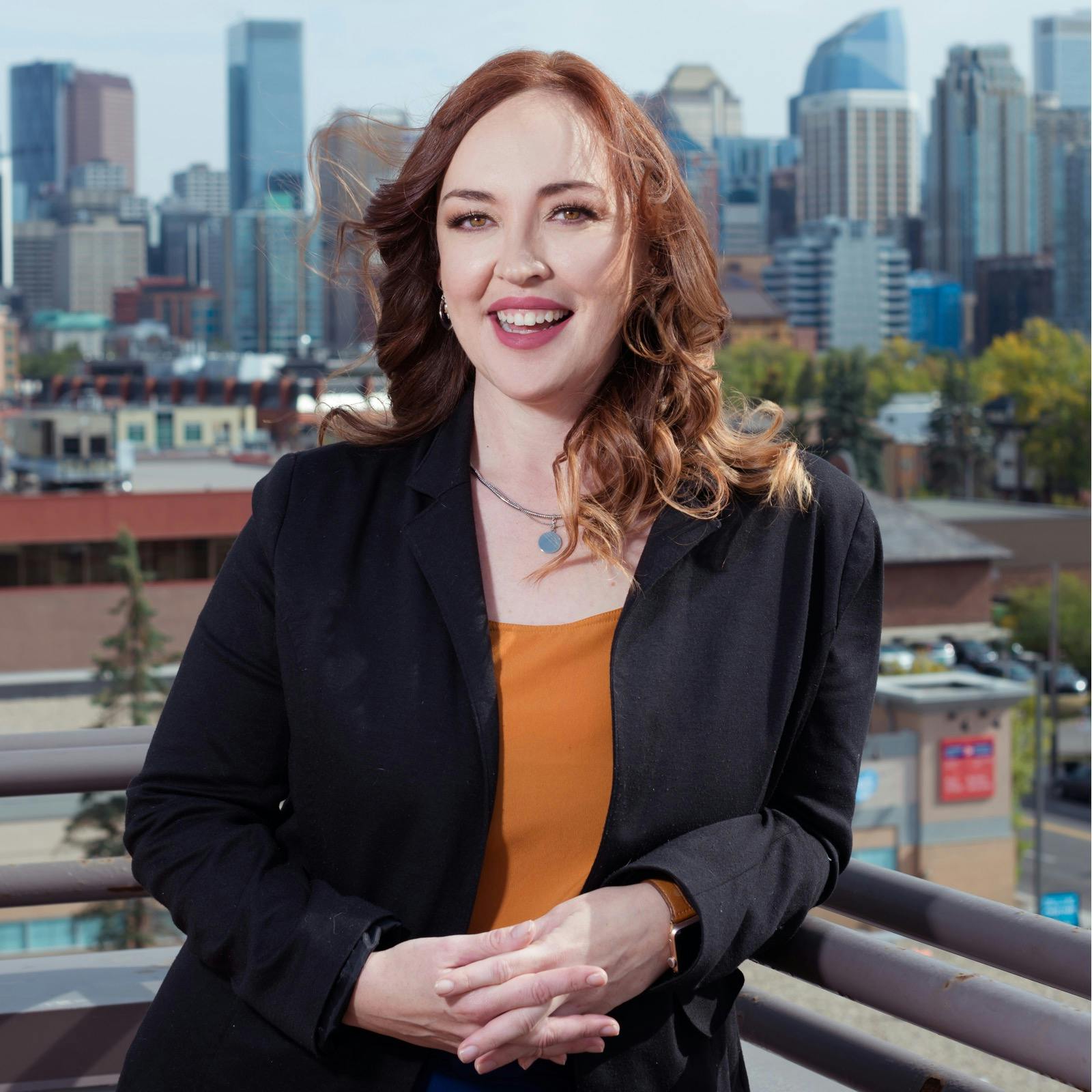Article
Year one.
15 March 2021

As a former International Development worker, I have seen versions of this graph over the years that has recently made an appearance at a few local meetings. Commemorating the anniversary of any disaster is an important cultural practice that bonds us and grounds us, but also serves as a trigger of time and things lost. I had forgotten about this graph because I always had the benefit of viewing this sort of tool as it applied to other populations and their crisis’ (like the 2004 Tsunami) and so it was somewhat startling to realize that this now applied to me. To all of us. It has been… a year.

Credit: Washington State Department of Health
Using this chart to translate our experience (a collection of feelings, and not an inventory work accomplished) at Vibrant Communities Calgary has been a helpful reflective exercise. Join us on this read if you are up for it. Stop reading if ‘pandemic reflection literature’ is not serving you and do something that does (hot tip from our team – naps are wonderful).
Pre-Disaster
In most ways, 2020 started with optimism. We came off a solid 2019 that saw a refresh of Enough for All and the introduction of E4A Champions. We had plans around early learning, justice, income support, and employment. I am not sure any of us really knew we were in the “Pre-Disaster” phase that was about to happen until the end of ‘pre’ actually happened. Suddenly. Shockingly. For me, that day started with attending a post-2019 provincial budget discussion lunch at CCVO (in person, with people and sandwiches in close proximity and shared utensils) and ended with the VCC team frantically loading IT equipment into our cars (and me personally experiencing a moment of guilt about my colleague Stephanie’s plant that I took home because it was going to be TWO WHOLE WEEKS until we returned to the office).*
Impact
We at VCC started quickly down the path that evening of pushing service change information across our many channels. At the time, this read like a scary list of operational maneuvers that may or may not work but were good enough for where we were at the time. A read through these posts a year later looks like a massive stock-market ribbon of the most rapid innovation the social profit sector has ever seen. A masterclass in adaptability with people in need as the primary shareholders.
It feels strange that ‘impact’ is listed in time-tested graphs so early in a disaster, as many of us who have the luxury to do so think about impact as a lagging indicator. For those who experience impact in real time it was a systemic reckoning. ‘My stability was assured before today. My ability to connect with others was assured before today. My tomorrow was relatively assured before today’. Why those things were assured without us thinking too much about it is because they were the systems that underpin us. When the system is disrupted to this degree, impact takes on a new and profound meaning. It is personal when experienced by the majority. On reflection, this impact has been our greatest hope for change in changing the systems that keep people in poverty.
Heroic
While many of us had the luxury of taking moments to glue to the TV and quietly panic in our own ways (for me, this was diving under the duvet in 4-minute increments between meetings, watching clips of reality TV while simultaneously crying), Elders, shelter staff, food providers, support workers, and everyone who can only live in immediate support roles to serve people with immediate needs that do not stop for an emerging crisis did not. They didn’t know and we didn’t know that they would have to be the continued heroes of this disaster to the tune of over a year, but they were and are. We have no words to express how grateful we are to you – the obvious and not so obvious front-line workers and leaders our city.
As in most of moments of crisis, we already had wisdom in firmly in place. People to show us what to do and how to show up to our new reality. Healthcare workers and political leaders were the more obvious heroes, but people who live in poverty and who have advocated for the changes that would serve us most in a pandemic for years, along with the Elders who are our wisdom keepers and guiders on Treaty 7 have always held and shared the heroic wisdom we needed most at that time.
Honeymoon and Community Cohesion
This is probably our most nostalgic (and my favorite until the moment everyone is vaccinated) of this period. What an amazing example of what we can do. We met our neighbors, we made sure people were fed, we met online and created social connection, we reached out, we checked in, we bought local, we implemented basic income -type programs, we talked in terms of we and not me. We made the most of free and beautiful outdoor spaces. We innovated. We tackled big challenges head on and without fear. We learned. We did things we did not know were possible. We shared the pain of injustices that were the long-standing but ignored pandemics long before COVID19 and embraced social movements for change like Black Lives Matter and had renewed energy about truth and reconciliation. At VCC we refer to this time as our ‘time of great community compassion.’ This is a fundamental part of who we are and always were. A muscle we always had but didn’t flex until we did. The good news is that we have this as an instinct, and now we know we can do it.
Disillusionment
Hello, disillusionment. In most ways, it’s reassuring to know that this is a normal course of events, because it hasn’t felt great. For those of us that work in poverty-reduction, it is a sort of kryptonite we were constantly aware of and guarded against pre-pandemic as the steady defenders of optimism and the possible. But even the most hardened social sector professional is human. What if we don’t remember how we so quickly came together to meet new (but old) neighbors, what if we forget that we can tackle the world’s biggest problems quickly when we come together (vaccine!), what if we abandon that local business who was here for us today when we needed them because they are slightly more expensive (because they pay a living wage), what if we forget how quickly technology can work to engage people who can’t otherwise easily access public transit? What if we forget the urgency around our need to become anti-racist in all parts of work and life?
Ironically, disillusionment only exists because we have a new benchmark - an anchor in what was possible for brief time. The fear of losing what we realized we could be is the disillusionment.
Reconstruction
There is a moment when disillusionment is channelled back into progress and back into optimism. Maybe the pandemic has given permission to be sad about our own disillusionment of systems – if just for a minute - before this happens. The University of Calgary School of Public Policy’s report on first time homeless shelter users was that moment this week for many of us. I do feel that the pandemic has given us the insight to ask different questions about this type of data than we would have otherwise.
Why do we continue to let pain and suffering be lagging indicators in our society? Why don’t we apply the same rigor to ending homelessness in our city as we did to creating a vaccine?
But now we know we have the muscle and wisdom to build back better and the experience to no longer tolerate what has become visible to us over the past year. This is hopeful. So for us, we don’t see this as ‘one year’ lost but rather ‘year one’ of phenomenal change. We invite you to join us, and we look forward to our continued journey, together. There is Enough for All.
*I’m happy to report the plant is still alive. It needs some nutrient boosting and a bigger pot. I’m using this as a metaphor for a vaccine and a plane ticket to see my sister in New York City. Until then on both accounts, the plant and I will remain as a lovely feature in my Zoom background.
Tags
Attribution
Related Articles
Alberta gig workers push for recognition as unstable incomes, burnout take toll
New research from the Calgary Social Policy Collaborative reveals insights into trends, challenges and solutions for Alberta's gig workers

New research sheds light on Alberta’s gig economy
Calgary Social Policy Collaborative’s new report exposes the pressures facing Alberta’s gig workers and the policy tools that could better support them

Vibrant Communities Calgary addresses Council during budget deliberations
VCC’s advocacy to Calgary City Council on key social issues was covered by the Calgary Herald and Sun, and LiveWire Calgary.

